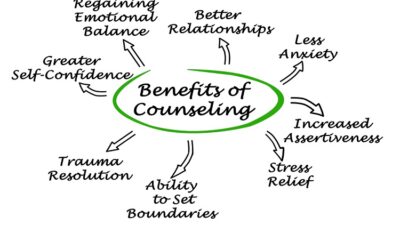Venous insufficiency St. Louis is a condition that occurs when the veins in the legs are unable to pump blood back to the heart properly. This condition can cause a variety of symptoms, including leg pain, swelling, and skin changes. Fortunately, there are several strategies that can help manage venous insufficiency symptoms. In this article, we’ll explore some tips and strategies for managing venous insufficiency.
Table of Contents
COMPRESSION THERAPY
Compression therapy is a common treatment for venous insufficiency. This therapy involves wearing compression stockings that help improve blood flow in the legs. Compression stockings apply pressure to the legs, which helps push blood back up toward the heart. This reduces swelling and discomfort. Compression stockings come in different levels of pressure, so it’s important to talk to your doctor about which type is right for you.
EXERCISE
Regular exercise is essential for managing venous insufficiency symptoms. Exercise helps improve blood flow in the legs, which can reduce swelling and discomfort. Walking, cycling, and swimming are all good forms of exercise for people with venous insufficiency. It’s important to talk to your doctor before starting any new exercise program.
DIETARY CHANGES
Dietary changes can also help manage venous insufficiency symptoms. Eating a diet that is low in salt can help reduce swelling in the legs. Foods that are high in fiber, such as fruits, vegetables, and whole grains, can also help improve blood flow. It’s important to talk to your doctor before making any dietary changes.
ELEVATING THE LEGS
Elevating the legs is another strategy for managing venous insufficiency symptoms. Elevating the legs above the heart can help reduce swelling and improve blood flow. When sitting or lying down, it’s important to keep the legs elevated. This can be done by propping the legs up with pillows or using a leg rest.
AVOIDING PROLONGED STANDING OR SITTING
Prolonged standing or sitting can worsen venous insufficiency symptoms. If you have a job that requires you to stand or sit for long periods of time, it’s important to take breaks and move around. Walking around for a few minutes every hour can help improve blood flow in the legs.
MEDICATIONS
There are several medications that can help manage venous insufficiency symptoms. Over-the-counter pain medications, such as ibuprofen or acetaminophen, can help relieve pain and discomfort. Prescription medications, such as diuretics or blood thinners, may also be used to manage symptoms. It’s important to talk to your doctor before taking any new medications.
SURGERY
In severe cases of venous insufficiency, surgery may be necessary. Surgery can help improve blood flow in the legs and reduce swelling and discomfort. There are several surgical procedures available, including vein stripping and endovenous laser treatment. Your doctor can help you determine if surgery is necessary for your condition.
CONCLUSION
Venous insufficiency can cause a variety of symptoms, but there are several strategies that can help manage these symptoms. Compression therapy, exercise, dietary changes, elevating the legs, avoiding prolonged standing or sitting, medications, and surgery are all options for managing venous insufficiency. It’s important to talk to your doctor about which strategies are right for you.










Comments